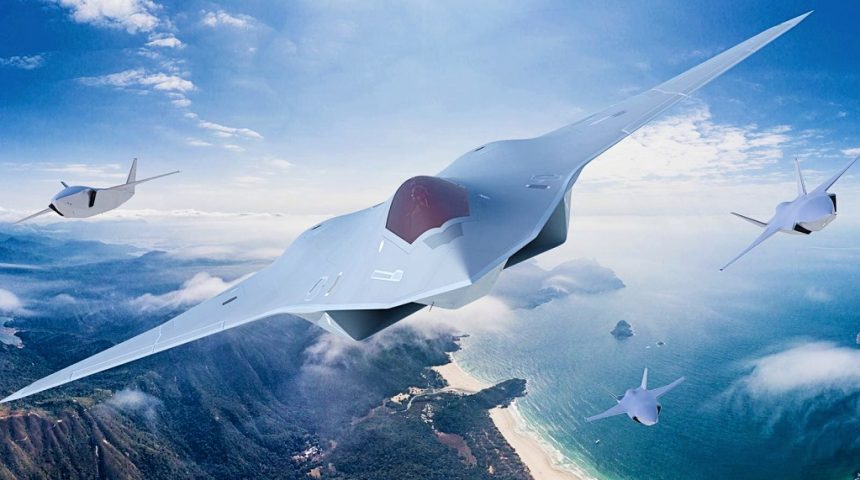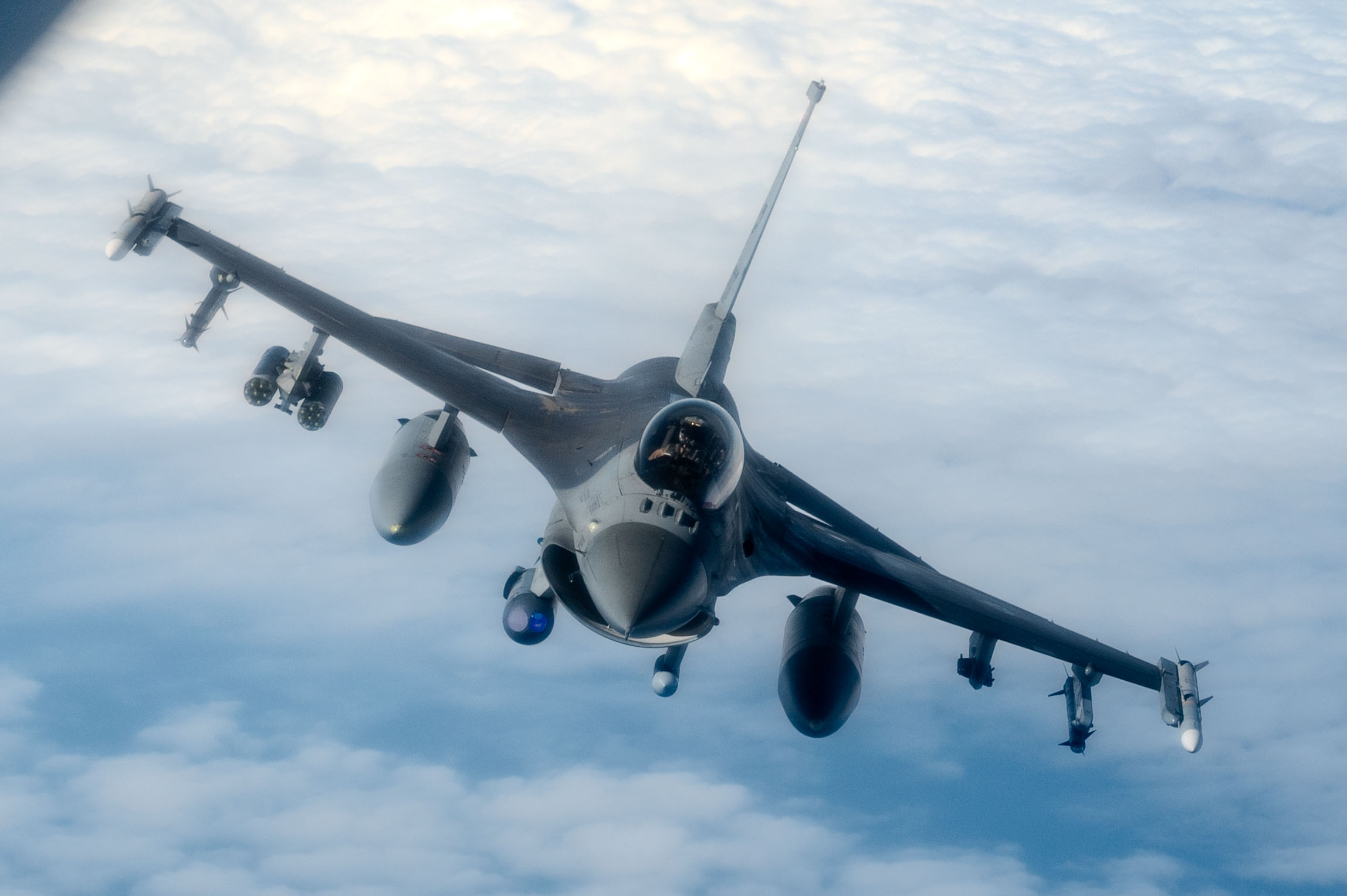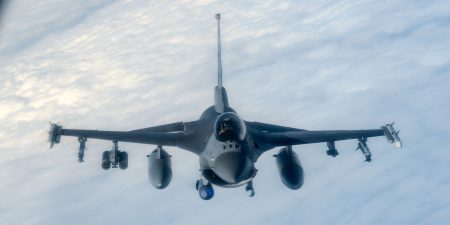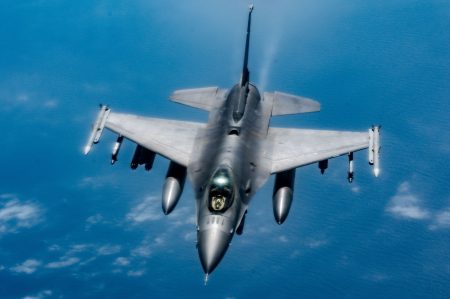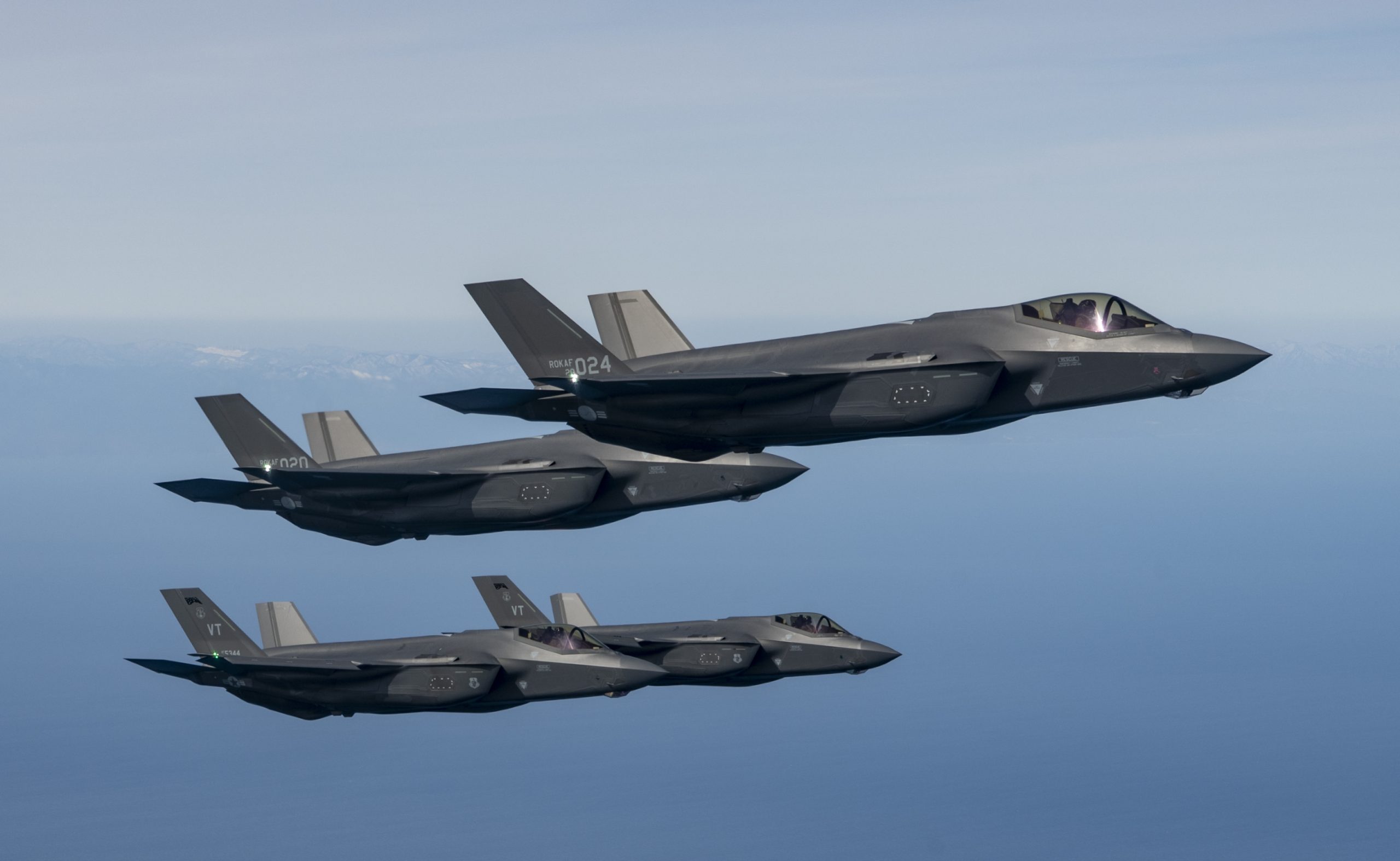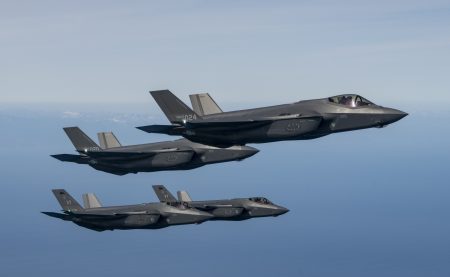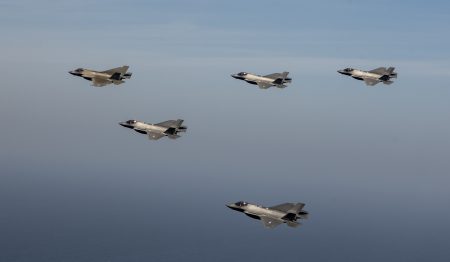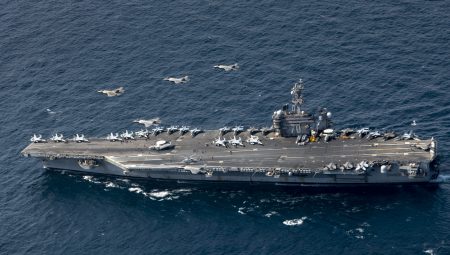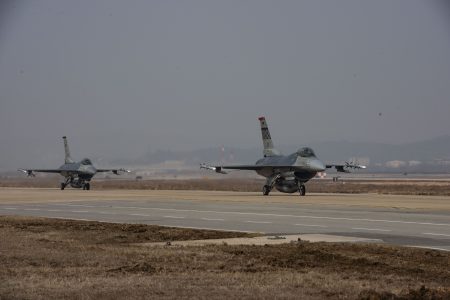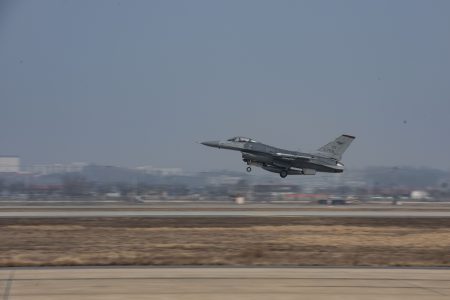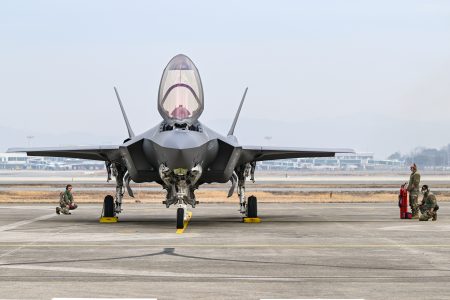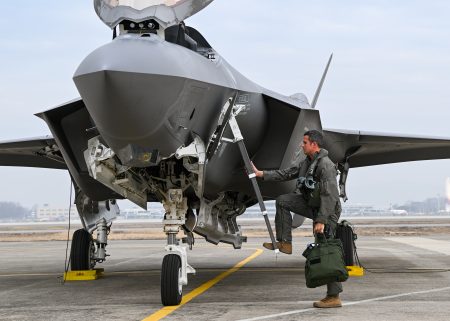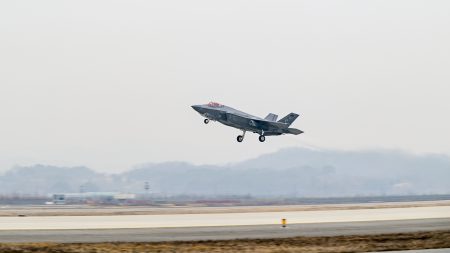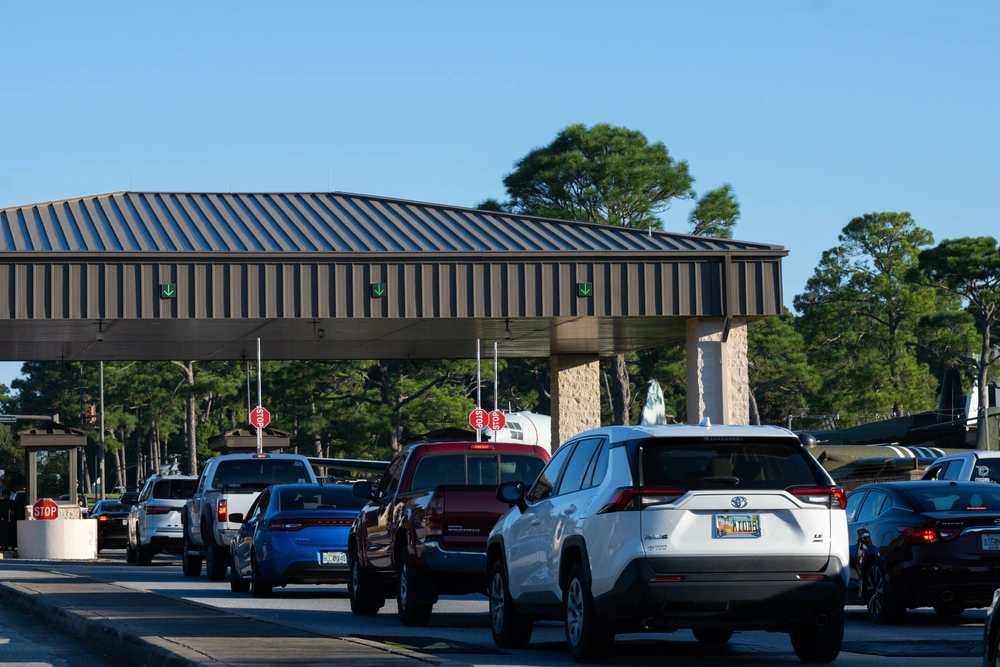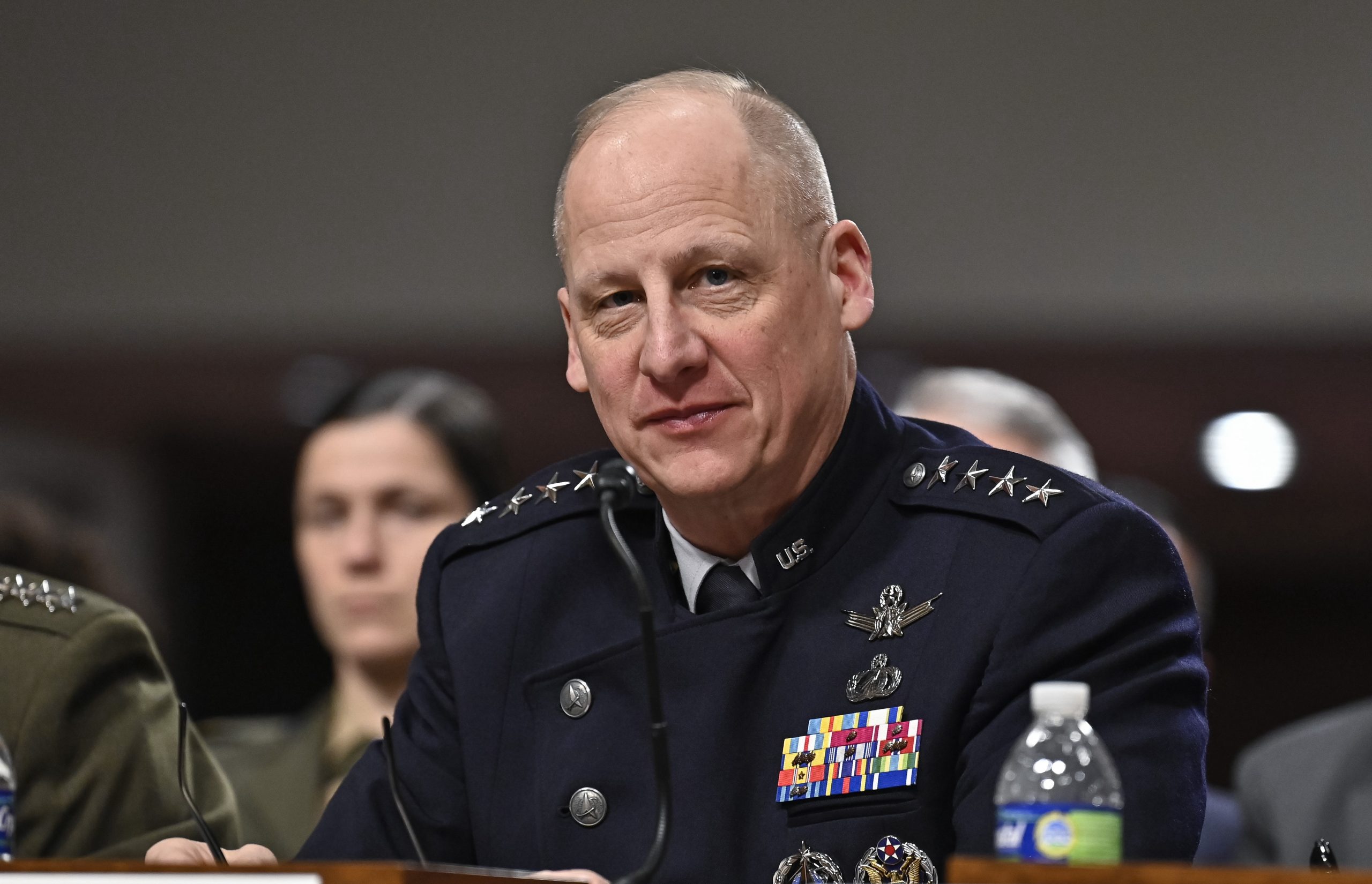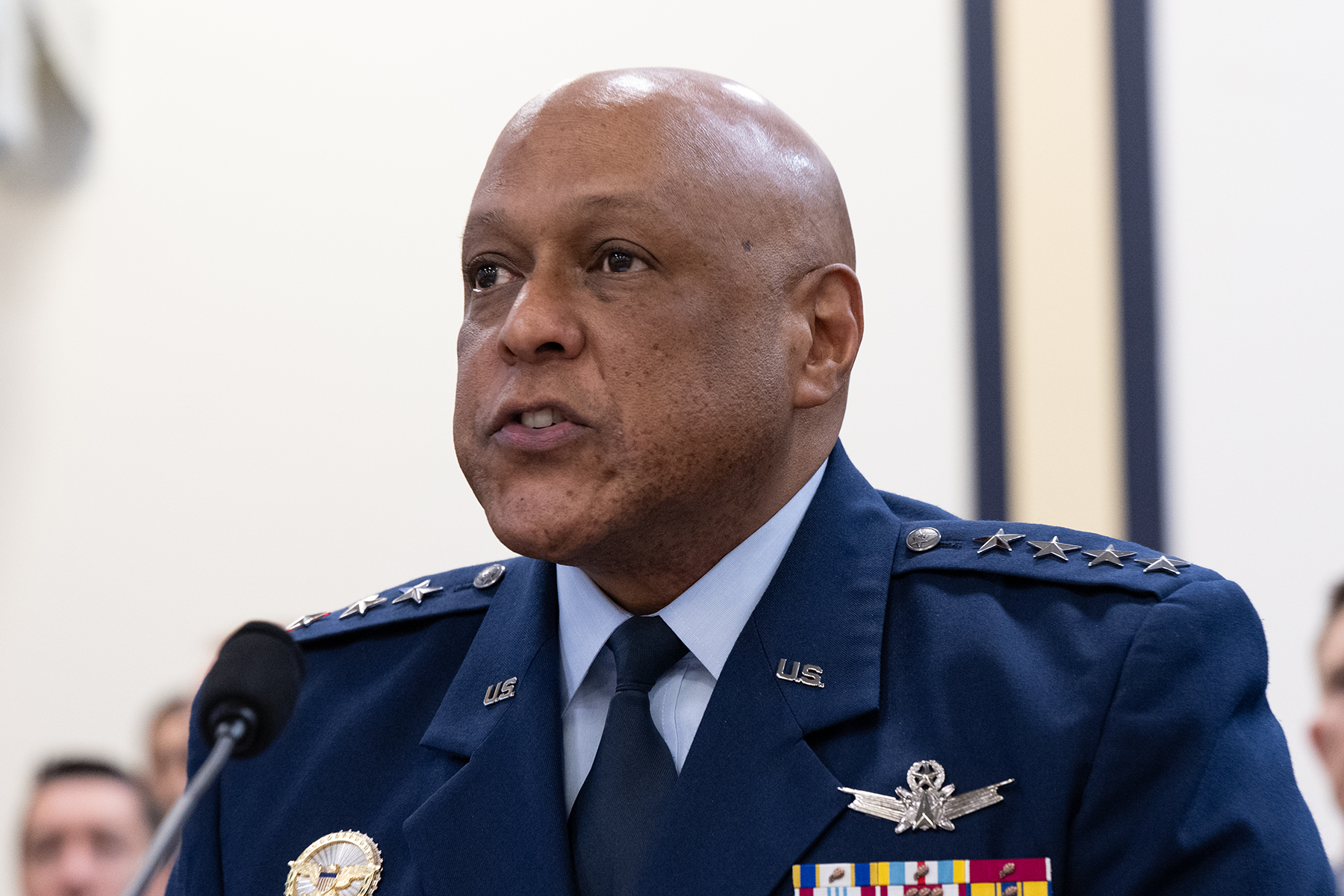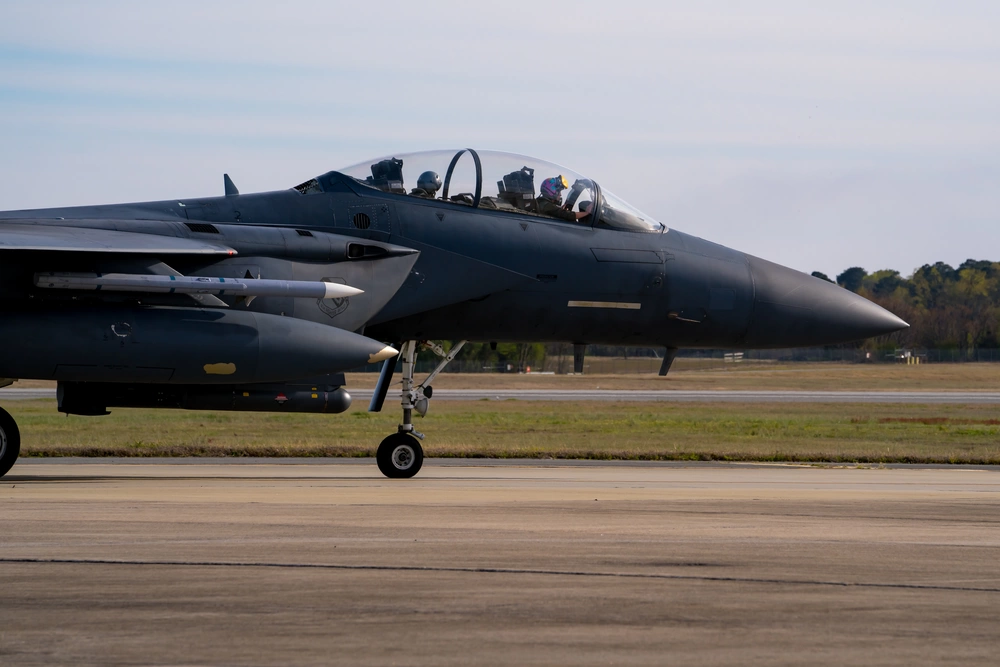The U.S. Air Force Academy is getting a new slate of members for its Board of Visitors, a Congressionally directed oversight committee that monitors issues ranging from morale and discipline to curriculum financial matters.
President Trump has replaced the five members of the board appointed by President Biden with five selections of his own: Sen. Tommy Tuberville (R-Ala.), Doug Nikolai, Dan Clark, Charlie Kirk, and Dina Powell. Trump revealed his picks March 17, a month after ordering the “immediate dismissal” of presidential appointees on each of the military academy’s Board of Visitors.
The Air Force Academy has 17 board positions, of which six are appointed by the president and 11 by leaders in Congress—new members picked from Congress include Reps. Don Davis (D-N.C.), Jeff Crank (R-Colo.), and Gabe Vasquez (D-Texas). Positions are unpaid, but board members can be compensated for travel and per diem costs. At least two of the Presidential board appointments must be for USAFA graduates.
Appointments are nominally for three-year terms, but recent practice has seen new administrations move quickly to remove holdovers nominated by their successors. President Joe Biden and Defense Secretary Lloyd J. Austin III dismissed dozens of defense advisory boards in 2021, including the USAFA Board of Visitors. Hundreds of civilian advisors were dismissed before boards were reset with new members. The Air Force Academhy’s Board of Visitors did not meet for about two and a half years, from November 2020 to April 2022.
The board’s most recent meeting was in October 2024, with 14 members attending. The next meeting will have a substantially new look, as Biden’s six appointees—including retired Maj. Gen. James Johnson; former Air Force Undersecretary Eric Fanning; and Col. Wesley Spurlock—will be replaced by Trump’s five appointees.
The board’s website currently lists Sens. Roger Wicker (R-Miss.) and Jack Reed (D-R.I.) as members; as chair and ranking member of the Senate Armed Services Committee, they can each designate one appointee to take their place and have done so in the past, but have yet to announce their new picks.
Of Trump’s appointees:
- Sen. Tommy Tuberville represents Maxwell Air Force Base, home of Air University and a host of other Air Force educational institutes. He’s also shown a key interest in Space Force issues, as the service has ties to Alabama through the Redstone Arsenal base.
- Doug Nikolai is a retired Air Force colonel and F-16 pilot who now works as a subject matter expert and simulator instructor for an aviation training company. He has also given speeches to several Christian groups.
- Dan Clark is a motivational speaker with ties to the Air Force dating back decades. He has served on the service’s National Civic Leaders Board, giving speeches to Airmen deployed to the Middle East, and even took a course at Air University.
- Charlie Kirk is the founder of Turning Point USA, a conservative nonprofit that focuses on student issues
- Dina Powell served as Deputy National Security Advisor for strategy during Trump’s first term
The Board of Visitors offers nonbinding advice and input on USAFA operations. In announcing the dismissal of earlier picks a month ago, Trump charged on social media that the academy boards had been “infiltrated by Woke Leftist Ideologues over the last four years.” His appointees can be expected to focus on social and cultural issues, such as curbing programs related to diversity, equity and inclusion.


